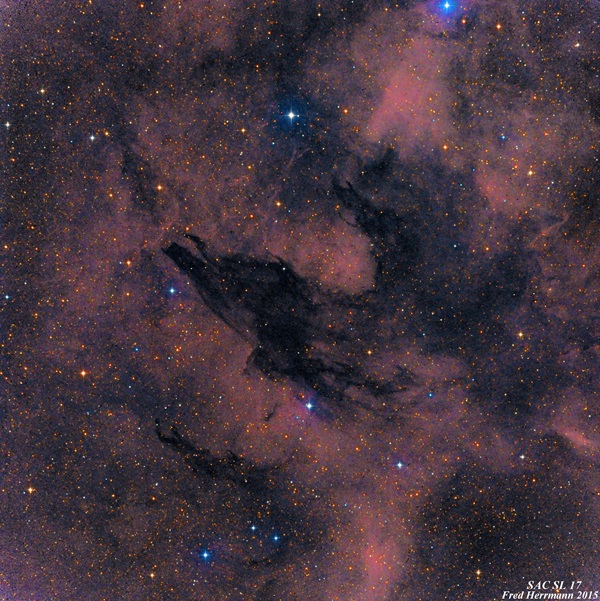Key Takeaways:
Astronomers find cosmic dust in the areas between galaxies (intergalactic dust), among the stars of individual galaxies (interstellar dust), and within our and other solar systems (interplanetary dust). Two elements that arise from different types of stars form intergalactic and interstellar dust.
Dust made primarily of silica begins its life as particles condensing out of the atmospheres of cool red giant stars that contain lots of oxygen. Carbon dust (which also includes carbon compounds such as silicon carbide) forms in similar red giant stars that are different in one way: Their atmospheres are rich in the element carbon. Another type of intergalactic/interstellar dust made of graphite comes almost exclusively from supernovae.
Interplanetary dust contains some of the dust that floats between galaxies and stars, but it has some local components as well. Asteroid and even planetary collisions early in the solar system’s history contributed to what astronomers call the interplanetary dust cloud. Researchers are currently trying to figure out what percentage of the local dust results from such encounters.
Another contribution, albeit minor, comes from comets. Cometary dust is probably the most famous type in the interplanetary dust cloud. Most of it lies dormant, frozen within the icy nuclei of comets. When one of those objects nears the Sun, however, the ice in the comet vaporizes and releases the dust all along the comet’s orbit. Earth, in its yearly trip about the Sun, passes through dozens of these dust trails and the result in each case is a meteor shower.
Senior Editor










